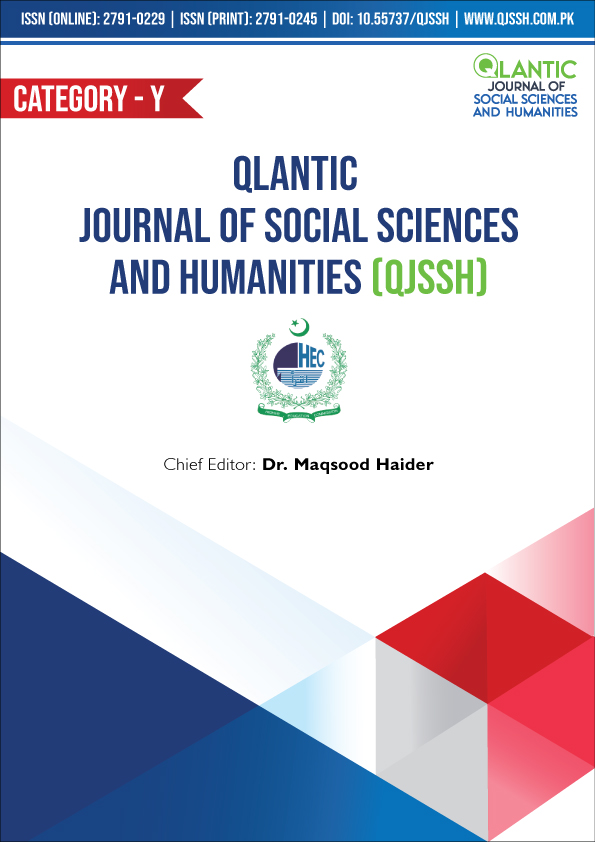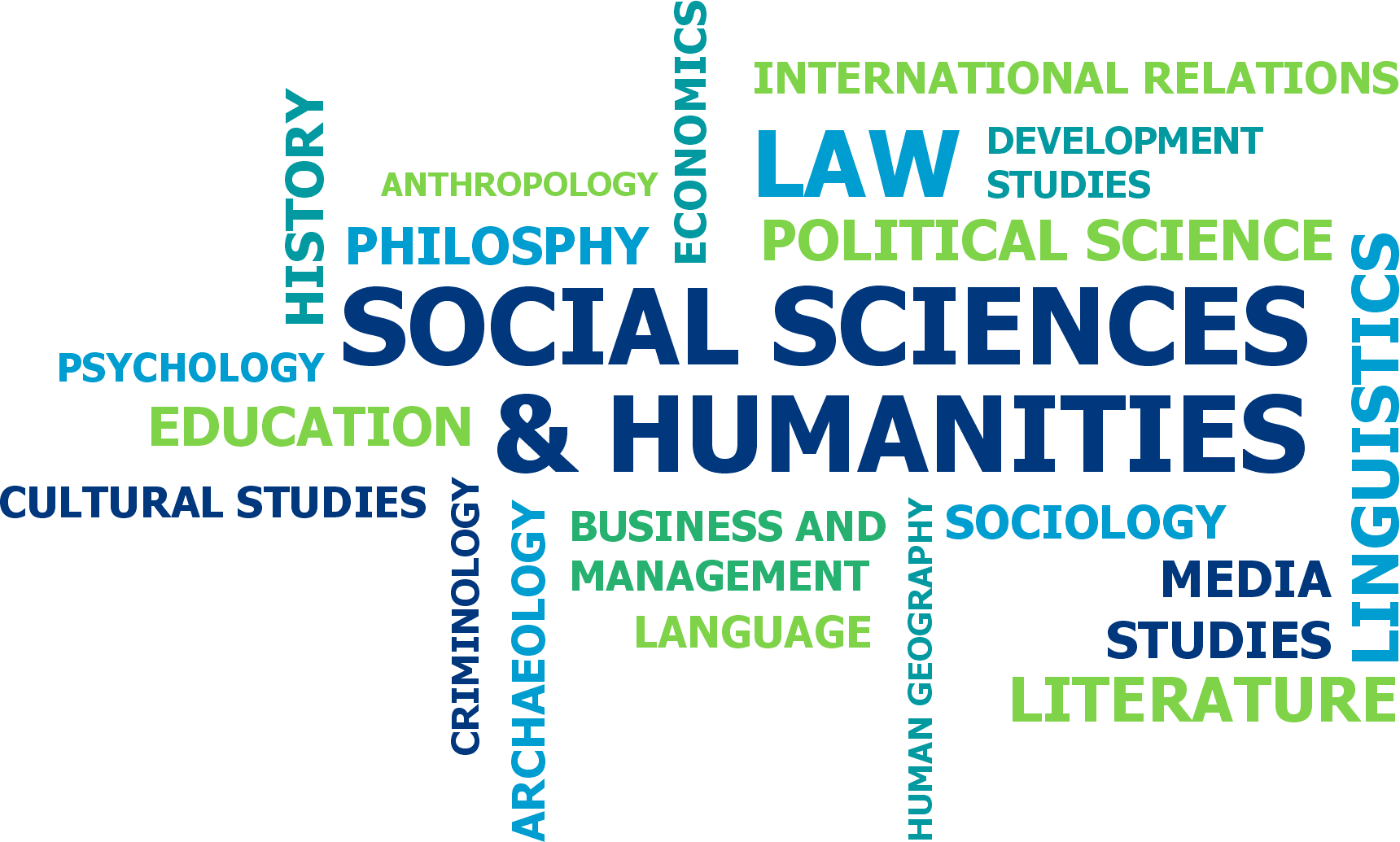Pakistani Print Media's Depiction of Natural Disasters Relative to NDMA Reports: An Eco-Critical Analysis
DOI:
https://doi.org/10.55737/qjssh.vi-i.25316Keywords:
Eco-critical Discourse Analysis, Natural Disasters, Pakistani Press Reportage, NDMA Environmental Reports, Negative Linguistic Features, Destructive ReportingAbstract
The study attempts to examine the way Pakistani news media cover natural disasters with reference to Natural Disaster Management Authority (NDMA) annual environmental reports from eco-critical standpoint. The major commendation the existing study holds is the inclusion of NDMA annual environmental reports and relevance of the issue as Pakistan is susceptible to natural disasters and news agencies are compelled to cover the recurring disasters. The existing study is a mixed-method research, used non-probability judgmental sampling technique incorporating frequently occurring natural disasters like earthquake, flooding, and land sliding. The data used in the study consists of 96 news items of top-tier newspapers of Pakistan counting The Nation, Dawn, and The News and 33 NDMA news items logically consistent with the nominated newspapers from the year 2018-2021 correspondingly. The research adopted the of Eco-critical Discourse Analysis model proposed by Arran Stibbe, (2015). Moreover, in order to detect the presence and frequency of substantial linguistic features, the study employed Antconc and USAS Semantic tagger. The results of the research accentuate the detrimental facets of news discourse and recommend ways to renovate the news discourse as encouraging and optimistic.
References
Abram, D. (1996). The Spell of the Sensuous : Perception and Language in a more-than-human World. Vintage Books, a Division of Penguin Random House Llc.
Benwell, B., & Stokoe, E. (2006). Discourse and identity. Edinburgh Edinburgh University Press.
Cevizci, A. (2009). Felsefe Tarihi, İstanbul: Say Yayınları. 1.
Chen, S. (2016). Language and ecology: A content analysis of ecolinguistics as an emerging research field. Ampersand, 3, 108-116. https://doi.org/10.1016/j.amper.2016.06.002
Fairclough, N. (2003). Critical discourse analysis and change in management discourse and ideology: a transdisciplinary approach. In II Congreso Internacional Sobre Discurso, Comunicación Ea Empresa, Vigo. Universidad de Vigo.
Fill, A. (1993). Ökolinguistik. Eine Einführung. Tübingen: Narr.
Goldstein, B., Giroir, B., & Randolph, A. (2005). International pediatric sepsis consensus conference: Definitions for sepsis and organ dysfunction in pediatrics. Pediatric Critical Care Medicine, 6(1), 2-8. https://doi.org/10.1097/01.pcc.0000149131.72248.e6
Halliday, M. (2001). New ways of meaning: The challenge to applied linguistics. In A. Fill & P. Mühlhäusler (Eds.), The Ecolinguistics Reader: Language, Ecology and Environment (pp. 175-202). New York: Continuum.
Halliday, M., (1990). New ways of meaning: The challenge to applied linguistics. Journal of Applied Linguistics. 6, 7-36. https://doi.org/10.5040/9781474211932.ch-006
Haugen, E., (1972). The ecology of language. Stanford: Stanford University Press.
Lakoff, G., & Johnson, M., (1980). Metaphors We Live By. Chicago IL: University of Chicago Press.
Lakoff, G., & Wehling, E. (2012). The little blue book: The essential guide to thinking and talking democratic. New York: Simon and Schuster.
Levine, A., (1982). Love Canal: Science, Politics, and People. Lexington, MA: Lexington Books
Machin, D. and Mayr, A., (2012). How to do critical discourse analysis: a multimodal introduction. London: Sage.
Martin, J., R., and Rose, D. (2003) Working with Discourse: Meaning Beyond the Clause. London, New York: Continuum.
Morgan, G. (1998). Yönetim ve örgüt teorilerinde metafor (G. Bulut (Çev.). MESS
Nash, J., & Mühlhäusler, P. (2014). Linking language and the environment: the case of Norf’k and Norfolk Island. Language Sciences, 41, 26–33. https://doi.org/10.1016/j.langsci.2013.08.004
Oxford, R. L., Tomlinson, S., Barcelos, A., Harrington, C., Lavine, R. Z., Saleh, A., & Longhini, A. (1998). Clashing metaphors about classroom teachers: toward a systematic typology for the language teaching field. System, 26(1), 3–50. https://doi.org/10.1016/s0346-251x(97)00071-7
Peeples, J. (2015). Discourse/rhetorical analysis approaches to environment, media, and communication from: The Routledge handbook of environment and communication. London: Routledge.
Prima, R. B. (2014). Critical genre analysis on the cigarette advertisements [Doctoral dissertation]. Universitas Islam Negeri Maulana Malik Ibrahim.
Scanlon, J. (2007). Unwelcome Irritant or Useful Ally? The Mass Media in Emergencies. In H. Rodríguez, E. L. Quarantelli & R. R. Dynes (Eds.), Handbook of Disaster research, 413-429. New York: Springer.
Steffensen, S. V., & Fill, A. (2014). Ecolinguistics: the state of the art and future horizons. Language Sciences, 41, 6–25. https://doi.org/10.1016/j.langsci.2013.08.003
Stibbe, A. (2001). Language, Power and the Social Construction of Animals. Society & Animals, 9(2), 145–161. https://doi.org/10.1163/156853001753639251
Stibbe, A. (2015). Ecolinguistics: Language, ecology and the stories we live by. London: Routledge.
Trampe, W. (1990). Ökologische Linguistik: Grundlagen einer ökologischen Sprach- und Wissenschaftstheorie. Opladen: Westdeutscher Verlag.
Downloads
Published
Issue
Section
License
Copyright (c) 2025 Gul E Raana Qureshi, Maimoona Abdulaziz

This work is licensed under a Creative Commons Attribution-NonCommercial 4.0 International License.





